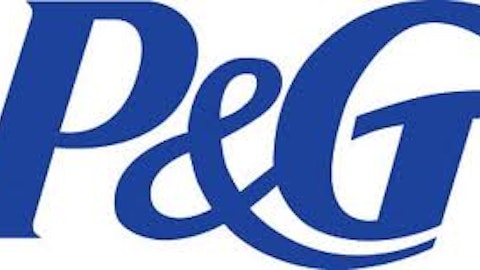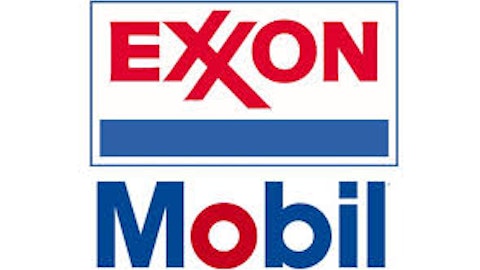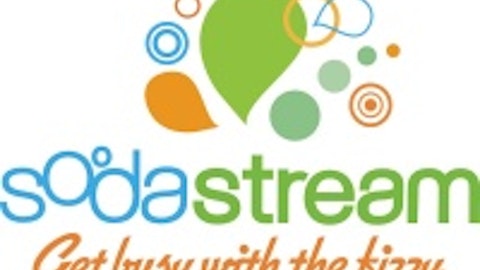Nestle SA (VTX:NESN) has seven product segments. For the sake of brevity I’ll discuss the top five.
Powdered and Liquid Beverages is Nestle’s biggest segment and one of only two segments accounting for over 20% of revenues. Sales from this segment include Nestle SA (VTX:NESN) brand hot chocolate, and Coffee Mate brand creamer among others.
Milk Products and Ice Cream – the other segment that accounted for over 20% of 2012 revenues. People who love ice cream won’t be disappointed with Nestle SA (VTX:NESN) either, as it owns Dreyer’s and the Drumstick brand.
Prepared Dishes and Cooking Aides – Big brands from this segment include Hot Pockets, Lean Cuisine, DiGiorno, and Stouffer’s.
Pet Care – Nestle SA (VTX:NESN)’s fifth largest segment includes well known pet food brands, for example Friskies.
There are so many other big name products that Nestle SA (VTX:NESN) owns, but including them all would’ve created an enormous list.
Stack em’ up side by side
The following chart contains what I believe to be key bits of information on each company:
| Procter and Gamble | Unilever | Nestle | |
| Market Cap: | $218.5 B | $121.1 B | $237.3 B |
| Price to Book Ratio: | 3.3 | 6.03 | 3.18 |
| Dividend Yield: | 3.0% | 2.7% | 2.8% |
| Return on Equity (TTM): | 17.51% | 30.42% | 18.3% |
| Price/Earnings Ratio: | 17.84 | 19.6 | 18.46 |
Data taken from a combination of Fool.com, Reuters, and Yahoo Finance.
In terms of dividend yield and price to earnings ratio, these companies are all somewhat similar. I’m torn on Unilever, however. Its return on equity is the highest by far, but it’s trading at such a high level relative to its book value. And it has the lowest dividend.
Final foolish thoughts
These three companies are enormously dominant multinational powerhouses. Personally I’m of the opinion that the long term investor can’t really go wrong with any of these three companies. While I don’t see any of them providing amazing gains, all three seem practically perfect for a dollar-cost averaging program.
For the more passive investor, I don’t see anything wrong at all with putting a set amount of money each month into one of these three companies. If you invest the dividends and keep the program going for a decade or two, your wealth ought to compound at an acceptable rate.
The returns you receive most likely won’t be jaw-dropping, but you will have handily beaten a savings account. Not a bad result, considering it entails practically no effort.
The article Clash of the Consumer Goods Titans originally appeared on Fool.com and is written by Ryan Palmer.
Fool blogger Ryan Palmer has no positions in any of the stocks mentioned. The Motley Fool recommends Procter and Gamble. Ryan is a member of The Motley Fool Blog Network — entries represent the personal opinion of the blogger and are not formally edited.
Copyright © 1995 – 2013 The Motley Fool, LLC. All rights reserved. The Motley Fool has a disclosure policy.





